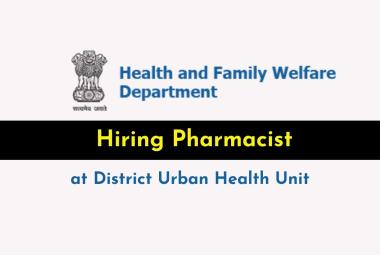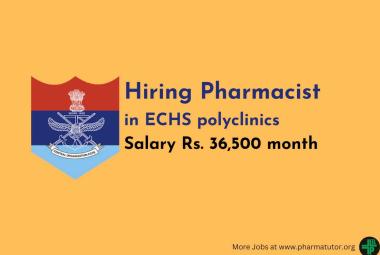 About Authors:
About Authors:
Purbajit Chetia*, Manash Pratim Pathak, Prerona Das
Deptt. of Pharmacology,
Himalayan Pharmacy Institute, Majhitar,
Rangpo, E- Sikkim(737132)
*purbasiv@yahoo.com
ABSTRACT:
A free radical is an atom or group of atoms that contains at least one unpaired electron and can easily bond with another atom or molecule, causing a chemical reaction. Free radical is essential for body’s normal physiological functions. But when produced in excess quantities it can causes damage to the cells of the body. Human body generates pro-oxidants in the form of ROS and RNS which are effectively kept in check by the various levels of antioxidant defense. However, when it gets exposed to adverse physicochemical, environmental or pathological agents this delicately maintained balance is shifted in favor of pro-oxidants resulting in ‘oxidative stresses’. It has been implicated in the etiology of several human diseases including Rheumatoid Arthritis (RA) and in the process of ageing.At high concentrations, ROS can be important mediators of damage to cell structures, nucleic acids, lipids and proteins in case of the patients those who are suffering from RA. The hydroxyl radical is known to react with all components of the DNA molecule, damaging both the purine and pyrimidine bases and also the deoxyribose backbone. Rheumatoid arthritis is an autoimmune disease that causes chronic inflammation of the joints and tissue around the joints with infiltration of macrophages and activated T cells. The pathogenesis of this disease is linked predominantly with the formation of free radicals at the site of inflammation. The review is focusing the evidences concerning the involvement of free radicals in Rheumatoid Arthritis and their relationship to specific pathophysiological events.



 About Authors:
About Authors:





